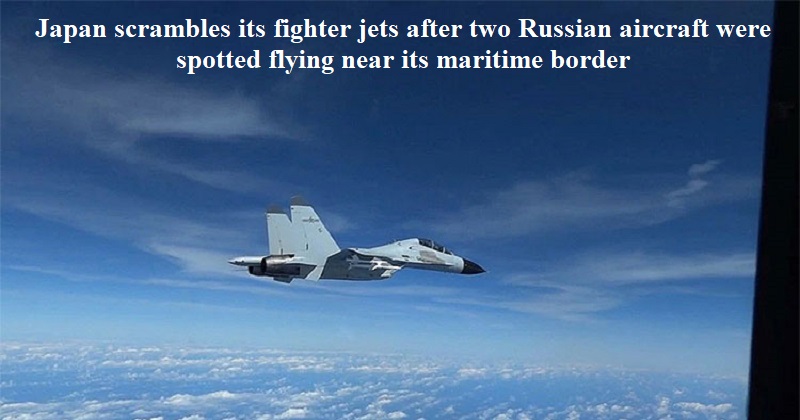
Japan took swift action on Friday (August 18) by deploying its fighter jets as a response to the presence of two Russian IL-38 information-gathering aircraft near its maritime boundary in the Sea of Japan, as reported by Reuters.
Concurrently, Russia and China are engaged in a joint naval exercise in the East China Sea. The Russian Defence Ministry noted that Russian and Chinese naval vessels have been conducting patrols and exercises together in the Pacific Ocean and the East China Sea.
The joint naval activities encompassed tasks such as replenishing ships with water and fuel supplies from support vessels, as well as conducting anti-submarine exercises. The two navies also practiced defense against simulated enemy air raids, sea rescue operations, and helicopter operations on warship decks.
Earlier, Japan had observed the presence of Russian and Chinese naval ships in the vicinity of the southern Japanese islands of Okinawa and Miyako on Thursday (August 17). The Japanese defence ministry reported that six Chinese ships, including missile destroyers, and five Russian vessels, some of which were destroyers, had navigated between Okinawa Island and Miyako Island before proceeding towards the East China Sea. Notably, this took place ahead of Japan Prime Minister Fumio Kishida’s planned summit with counterparts from South Korea and the United States, intended to address escalating tensions in the Indo-Pacific region.
Importantly, the ships remained within international waters and did not infringe upon Japan’s territorial jurisdiction.
Japan’s relationship with Russia has been strained since Russia’s invasion of Ukraine commenced 18 months ago. Tokyo, in alignment with Western nations, implemented sanctions against Moscow and offered significant humanitarian aid to Kyiv.
On the other hand, China has deepened its political and economic connections with Russia, positioning itself as a neutral party in the conflict and advocating for peace.
As these events unfold, tensions in the region continue to evolve, with maritime activities serving as a reflection of the geopolitical complexities in the Indo-Pacific.

Post Your Comments